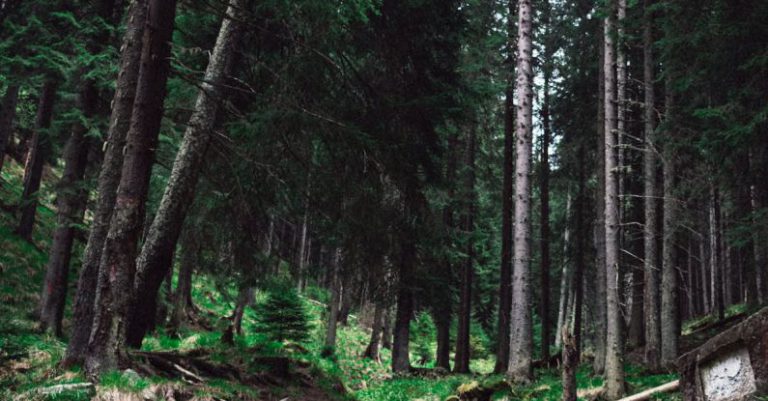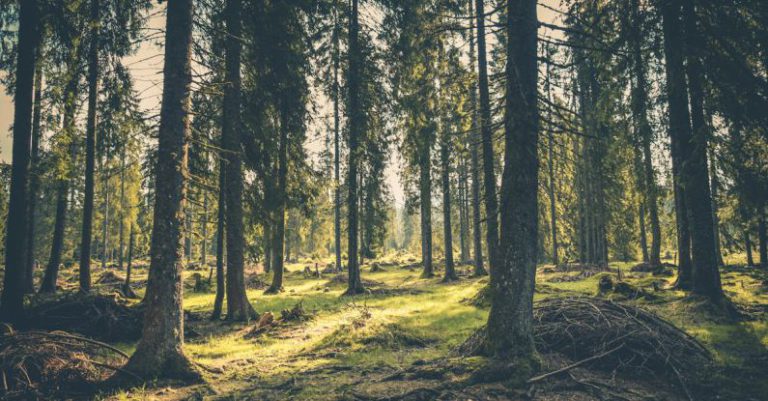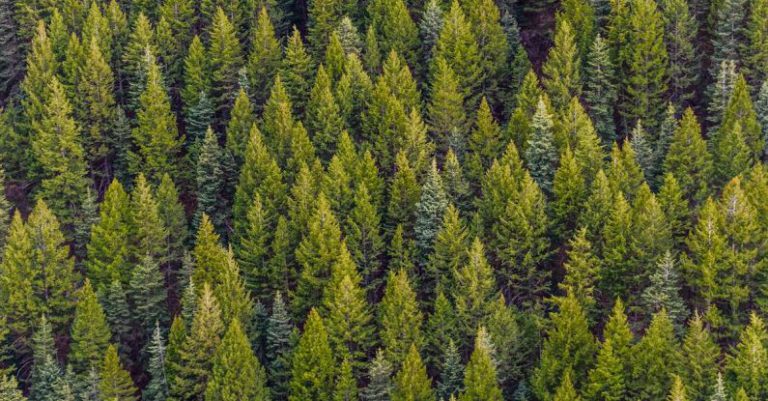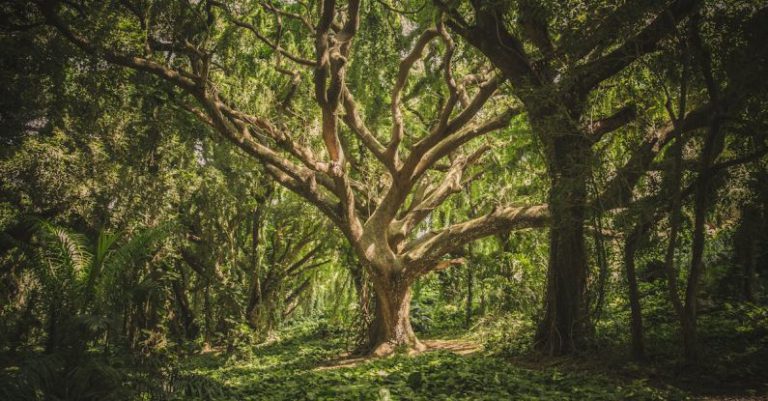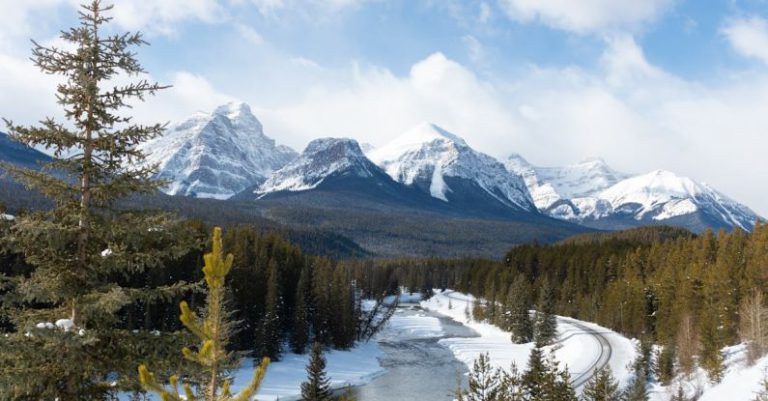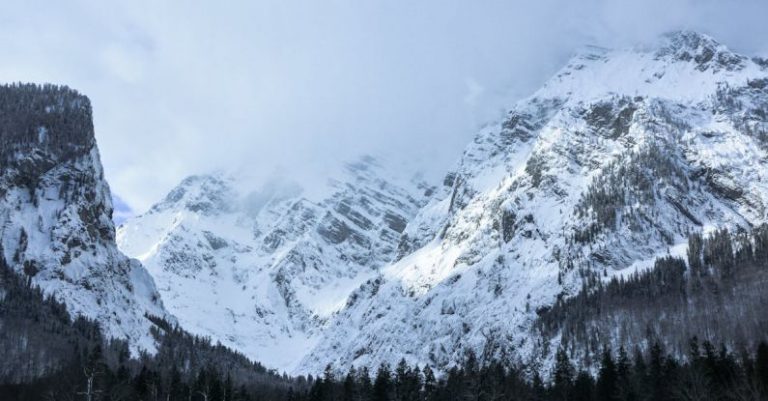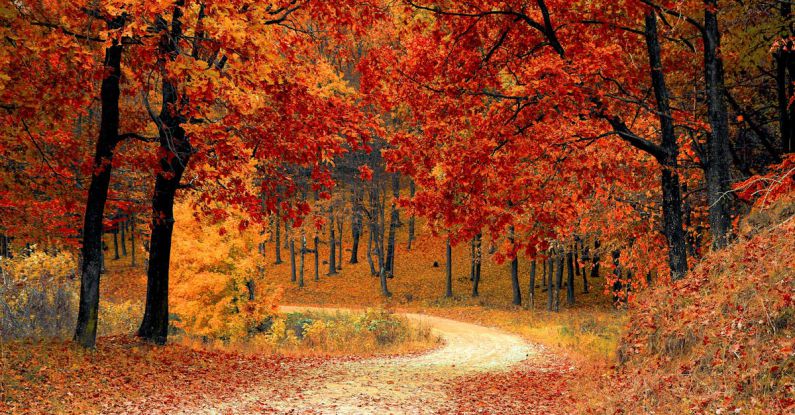
Exploring the Biodiversity of North American Forests
North American forests are known for their incredible biodiversity, hosting a wide variety of tree species that contribute to the rich tapestry of the continent’s landscapes. From the towering redwoods of the Pacific Northwest to the colorful maples of the Northeast, these forests are home to an array of trees that play vital roles in the ecosystem. Let’s delve into the common trees found in North American forests, highlighting some of the most iconic species that define these diverse ecosystems.
The Mighty Oak Tree
One of the most iconic trees in North American forests is the oak tree. With over 90 species of oaks found in the region, these majestic trees are known for their strength and longevity. Oaks are key species in forest ecosystems, providing food and shelter for a wide range of wildlife. They are also economically important, with oak wood being prized for its strength and durability. From the massive bur oak to the stately white oak, these trees are true symbols of resilience and endurance in North American forests.
The Magnificent Maple Tree
Maple trees are another common sight in North American forests, particularly in the northeastern region of the continent. Known for their vibrant fall foliage, maples are cherished for their beauty and cultural significance. The sugar maple, in particular, is valued for its sap, which is used to make maple syrup. Maples are also important for wildlife, providing food and habitat for a variety of species. Whether it’s the red leaves of the red maple or the distinctive shape of the silver maple, these trees add a splash of color to North American forests.
The Towering Redwood Tree
On the opposite coast, the redwoods of the Pacific Northwest stand as giants in the forest. These towering trees, including the coast redwood and the giant sequoia, are some of the tallest and oldest trees in the world. Redwoods play crucial roles in their ecosystems, providing habitat for a diverse range of plants and animals. They are also vital for carbon sequestration, helping to mitigate climate change. Walking among these ancient giants is a humbling experience that showcases the grandeur of North American forests.
The Graceful Birch Tree
Birch trees are another common sight in North American forests, particularly in the northern regions of the continent. Known for their distinctive bark and delicate leaves, birches add a touch of elegance to the landscape. These trees are valued for their wood, which is used in furniture making and crafts. Birch trees also have cultural significance, with many Indigenous communities using them for medicinal and ceremonial purposes. Whether it’s the paper birch with its white bark or the river birch with its peeling bark, these trees are a beloved presence in North American forests.
The Resilient Pine Tree
Pine trees are ubiquitous in North American forests, with various species found across the continent. Pines are known for their evergreen needles and distinctive cones, which play important roles in seed dispersal. These trees are valued for their wood, which is used in construction and paper production. Pines also provide habitat for a wide range of wildlife, from birds to small mammals. Whether it’s the eastern white pine with its soft needles or the ponderosa pine with its distinctive bark, these trees are stalwart residents of North American forests.
Appreciating the Diversity of North American Forests
North American forests are teeming with a diverse array of tree species that contribute to the beauty and vitality of the continent’s landscapes. From the iconic oak and maple trees to the towering redwoods and graceful birches, each species plays a unique role in its ecosystem. By appreciating the richness of North American forests and the trees that inhabit them, we can gain a deeper understanding of the interconnectedness of nature and the importance of preserving these vital ecosystems.
